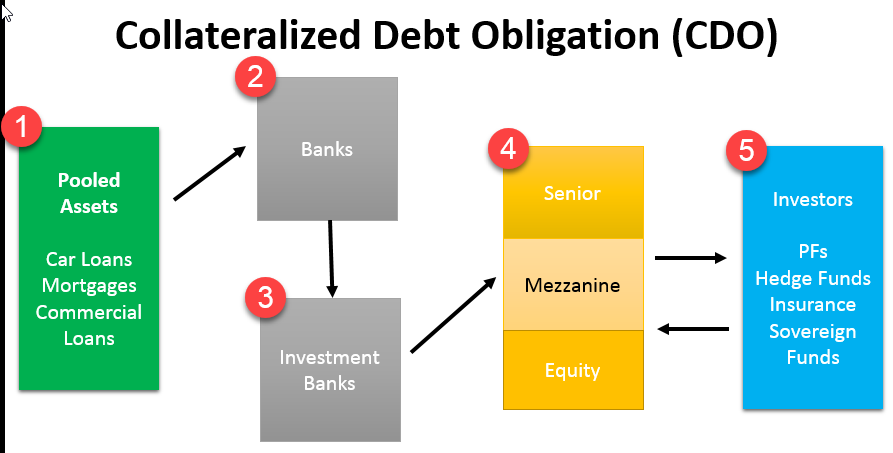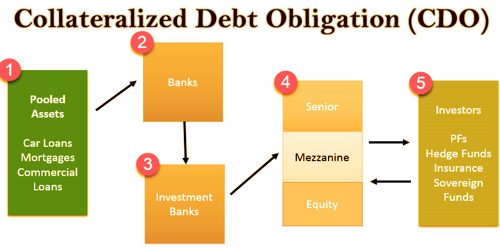Goldman Sachs appears to be trying to clear its name
By Jesse Eisinger
ProPublica, June 15, 2011, 3:10 pm

The compelling Permanent Subcommittee on Investigations report on the financial crisis [1] is wrong, the bank says. Goldman Sachs didn’t have a Big Short against the housing market.
About The Trade
In this column, co-published with New York Times’ DealBook, I monitor the financial markets to hold companies, executives and government officials accountable for their actions. Tips? Praise? Contact me at jesse@propublica.org
But the size of Goldman’s short is irrelevant.
No one disputes that, by 2007, the firm had pivoted to reduce its exposure from mortgages and mortgage securities and had begun shorting the market on some scale. There’s nothing wrong with that. Don’t we want banks to reduce their risk when they see trouble ahead, as Goldman did in the mortgage markets?
Nor should shorting itself be seen as a bad thing. Putting money behind a bet that a stock (or bond or commodity or derivative) is overpriced is necessary for the efficient functioning of capital markets. Short-sellers can keep prices from getting out of whack and help deflate bubbles.
The problem isn’t that Goldman went short and reduced risk — it’s how.
It is How … Short?
To establish many of its short positions, the Senate report says, Goldman created new securities, backed them with its good name, and then strung together misleading statements to its customers about what it was actually doing. By shorting the way it did, the bank perverted the market instead of correcting it.
Take Hudson Mezzanine, a $2 billion collateralized debt obligation created by Goldman in 2006 [2]. In marketing material, the firm wrote that “Goldman Sachs has aligned incentives with the Hudson program.”
I suppose that was technically true: Goldman had made a small investment in the C.D.O. and therefore had an aligned incentive with the other investors. But the material failed to mention the firm’s much larger bet against the C.D.O. — a huge adverse incentive to its customers’ interests.
Goldman told investors that the Hudson assets had been “sourced from the Street,” which most investors would understand to mean that Goldman had purchased the assets from other broker-dealers. In fact, all the assets had come from Goldman’s own balance sheet, the Senate report found.
In his April 2010 testimony to the Senate, Goldman’s chief executive, Lloyd C. Blankfein, argued that Goldman was merely making a market in these securities and derivatives, matching willing and sophisticated buyers and sellers. But, Goldman was acting like an underwriter, not a market maker.
As the underwriter, Goldman threw its marketing muscle behind Hudson Mezzanine and other C.D.O.’s. When the bank’s salespeople ran into trouble selling the securities, they begged for help from the executives who created them. One requested material to give to clients about “how great” the sector was. One needed the aid to get a client to invest, to be “THERE AND IN SIZE,” according to e-mails cited in the report.
Sometimes, Goldman took advantage of the opaque markets. According to the Senate report, Goldman executives had extensive concerns about the prices of its 2007 Timberwolf C.D.O. Goldman sold the C.D.O. securities anyway, often at higher prices than it had them recorded on its books. In summer 2007, Goldman marked some Timberwolf assets at 55 cents on the dollar, but sold similar securities to an Israeli bank at 78.25 cents at the same time, according to the report. Oh, well, tough luck!

Goldman’s Famous Mantra
For decades, Goldman’s famous mantra was to be “long-term greedy” and a central element of that was putting customers first. In these C.D.O.’s, the bank’s customers were “only first in the same way that on Thanksgiving, the turkey is first,” a former C.D.O. professional told me.
Goldman declined to address these specific disclosures from the report. A spokesman maintained the firm fulfilled its obligations to buyers of these kinds of C.D.O.’s, which were made up of derivatives. The customers were large and sophisticated investors who knew that one side had to be long while the other was short. And they knew, or should have known, that Goldman might be on the other side.
“It was fully disclosed and well known to investors that banks that arranged synthetic C.D.O.’s took the initial short position,” a spokesman wrote in an e-mail.
True, but few thought that the bank that had created and hawked the C.D.O.’s expected them to fail.
Goldman’s techniques harmed the capital markets. Goldman brought something into the world that didn’t exist before. Instead of selling something — thereby decreasing the price or supply of it — and giving the market a signal that it was less desirable, Goldman did the opposite. The firm created more mortgage investments and gave the world the signal that there was more demand, for C.D.O.’s and for the mortgages that backed them.
Assessment
By shorting C.D.O.’s, Goldman also distorted the pricing of the underlying assets. The bank could have taken the securities it owned and sold them en masse in a fairly negotiated sale, though it likely would have gotten less for them than it was able to make by shorting the C.D.O.’s it created.
Because of Goldman’s actions, the financial system took greater losses than there otherwise would have been. Goldman’s form of shorting prolonged the boom and made the crisis that followed much worse.
Goldman executives surely hope to change the subject from the firm’s specific actions to a more general discussion of how much and when it shorted. We shouldn’t let them.
Link: http://www.propublica.org/thetrade/item/misdirection-in-goldman-sachss-housing-short/
Conclusion
Your thoughts and comments on this ME-P are appreciated. Feel free to review our top-left column, and top-right sidebar materials, links, URLs and related websites, too. Then, subscribe to the ME-P. It is fast, free and secure.
Link: http://feeds.feedburner.com/HealthcareFinancialsthePostForcxos
Speaker: If you need a moderator or speaker for an upcoming event, Dr. David E. Marcinko; MBA – Publisher-in-Chief of the Medical Executive-Post – is available for seminar or speaking engagements. Contact: MarcinkoAdvisors@msn.com
OUR OTHER PRINT BOOKS AND RELATED INFORMATION SOURCES:
DICTIONARIES: http://www.springerpub.com/Search/marcinko
PHYSICIANS: www.MedicalBusinessAdvisors.com
PRACTICES: www.BusinessofMedicalPractice.com
HOSPITALS: http://www.crcpress.com/product/isbn/9781466558731
CLINICS: http://www.crcpress.com/product/isbn/9781439879900
BLOG: www.MedicalExecutivePost.com
FINANCE: Financial Planning for Physicians and Advisors
INSURANCE: Risk Management and Insurance Strategies for Physicians and Advisors





Filed under: Alternative Investments, Financial Planning, Investing, Mortgage Electronic Registry System | Tagged: CDOs, collateralized debt obligation, Goldman Sachs’s, Housing Short, Hudson Mezzanine, Jesse Eisinger, Lloyd C. Blankfein, mortgage markets, ProPublica, short housing sales | 5 Comments »

























